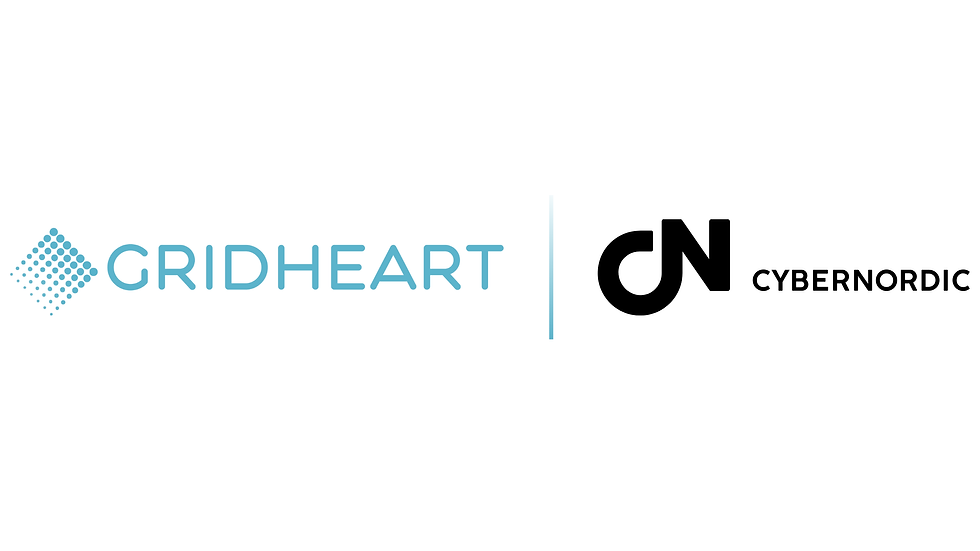Securing MSPs Against Ransomware: Effective Tips and Best Practices
- emanuelmarkskog79
- Dec 27, 2023
- 2 min read

In the ever-evolving landscape of cyber threats, from social engineering to phishing and business email compromise (BEC) attacks, cybercriminals are constantly finding new ways to bypass security measures. Managed Service Providers (MSPs) are under increasing pressure to safeguard their IT environments and clients from the growing threat of ransomware attacks. The potential cost of recovering from such incidents is substantial, with the average data breach expected to reach $5 million in 2023.
MSPs, serving as gateways to numerous clients, are prime targets for cybercriminals seeking valuable data.
There are three main reasons why MSPs are targeted:
Direct Access to Multiple Clients: MSPs provide a direct pipeline to small businesses and their confidential data, making them appealing targets for cybercriminals looking to execute distributed attacks.
Ambiguous Customer Security Posture: MSPs may lack complete oversight of their clients' security practices, leading to inconsistencies and security gaps that cybercriminals can exploit.
Growing Number of Endpoints: MSPs managing a large number of devices are vulnerable to attacks, making it crucial to maintain visibility, identify vulnerabilities, and stay updated with patching.
Types of Ransomware Attacks:
Crypto-Ransomware: Encrypts data on the victim's device and demands payment for decryption, often introduced through email links, account hacking, or software vulnerabilities.
Ransomware-as-a-Service (RaaS): A business model allowing attackers to purchase malware tools, making ransomware attacks more accessible and cost-effective for non-tech savvy individuals.
REvil Ransomware: Notorious for exploiting vulnerabilities in IT management software, impacting numerous MSPs and their clients globally.
MFA-Fatigue Attacks: Utilizes social engineering to overload victims with multifactor authentication requests, exploiting human error to compromise credentials and introduce ransomware.
Phishing: Still the primary method for delivering ransomware, evolving into sophisticated strategies that trick recipients into executing actions leading to malicious events.
AI-Powered Ransomware: Threat actors leverage AI and machine learning to automate and scale ransomware attacks, targeting a broader group of victims.
Tips for Ransomware Prevention:
Enhance Endpoint Security: Use next-gen tools like Endpoint Detection and Response (EDR) to gain critical visibility, mitigate risks, and provide anti-malware and anti-ransomware protection.
Implement Secure Backups: Safeguard customer data with reliable backup solutions to ensure quick recovery and business continuity in the event of a breach.
Strengthen Email Security: Proactively prevent phishing attacks and malware distribution through email encryption and robust email security solutions.
URL Filtering: Block or allow specific URLs to prevent users from visiting harmful websites and avoid malware infections.
Data Loss Prevention (DLP): Monitor, detect, and control the transmission of confidential information to prevent data leakage and enhance overall security.
Restrict Remote Access: Mitigate the risk of ransomware by carefully configuring access control policies and allowing only authorized connections.
Apply Software Patches: Regularly manage software vulnerabilities through automated tools, prioritizing and deploying patches to prevent exploitation.
Adopt Zero Trust Architecture: Embrace the zero trust framework to minimize security clearances, preventing lateral movement within network environments.
Educate Users: Conduct ongoing security awareness training programs, covering anti-phishing practices, email security, and raising awareness of common social engineering scams.
Do you want more information about this or our solutions? Contact us here and we will help you with all your needs.




Comments